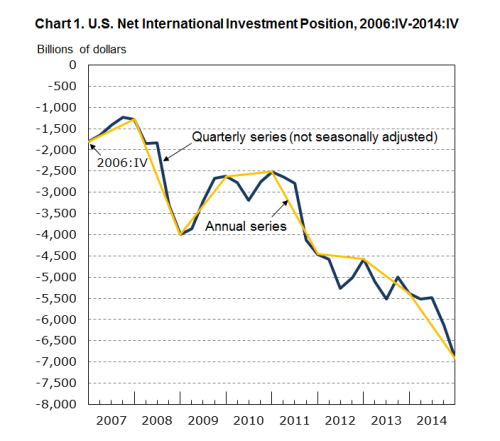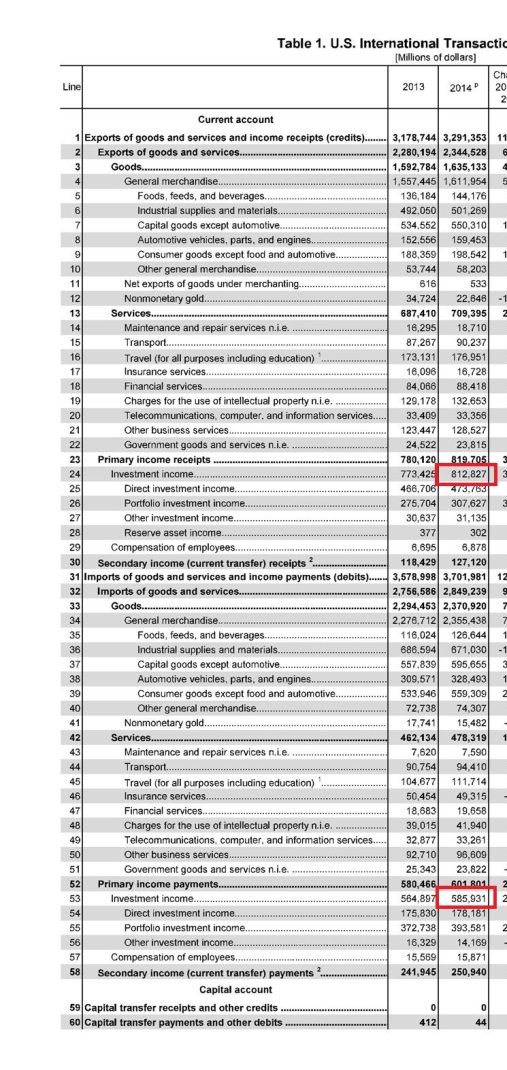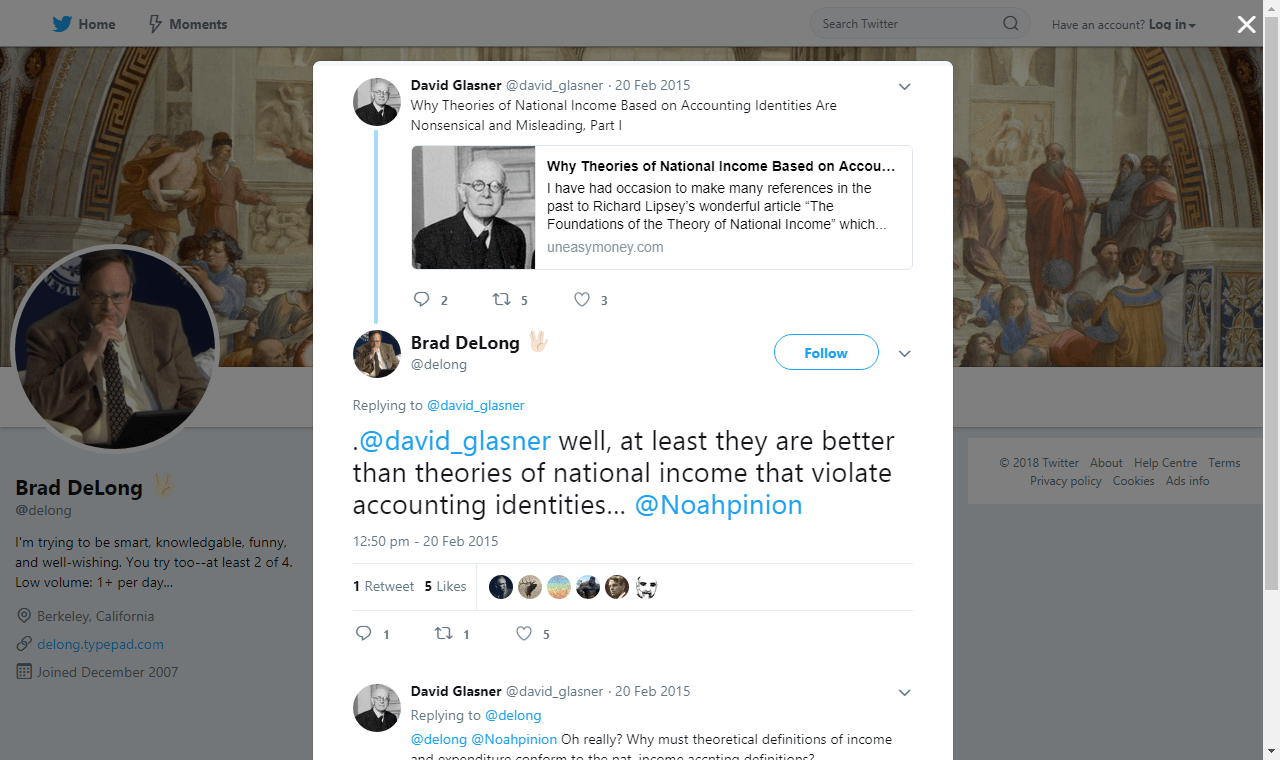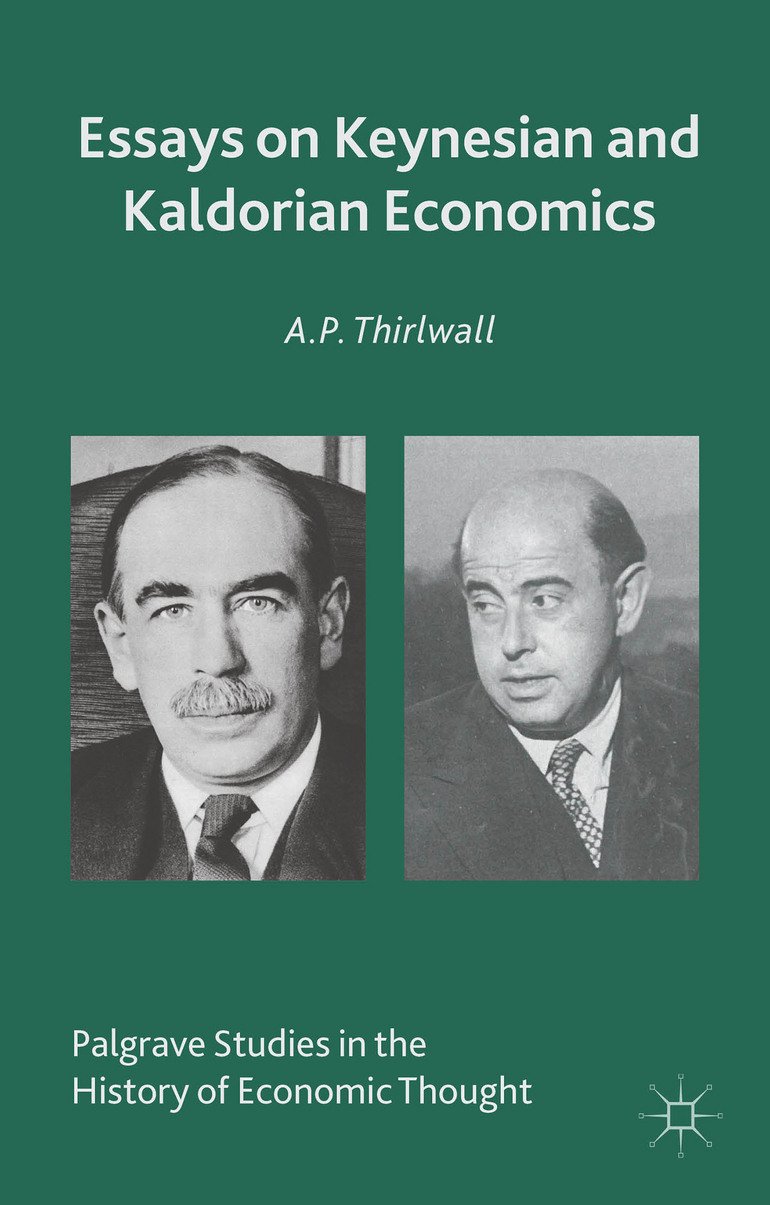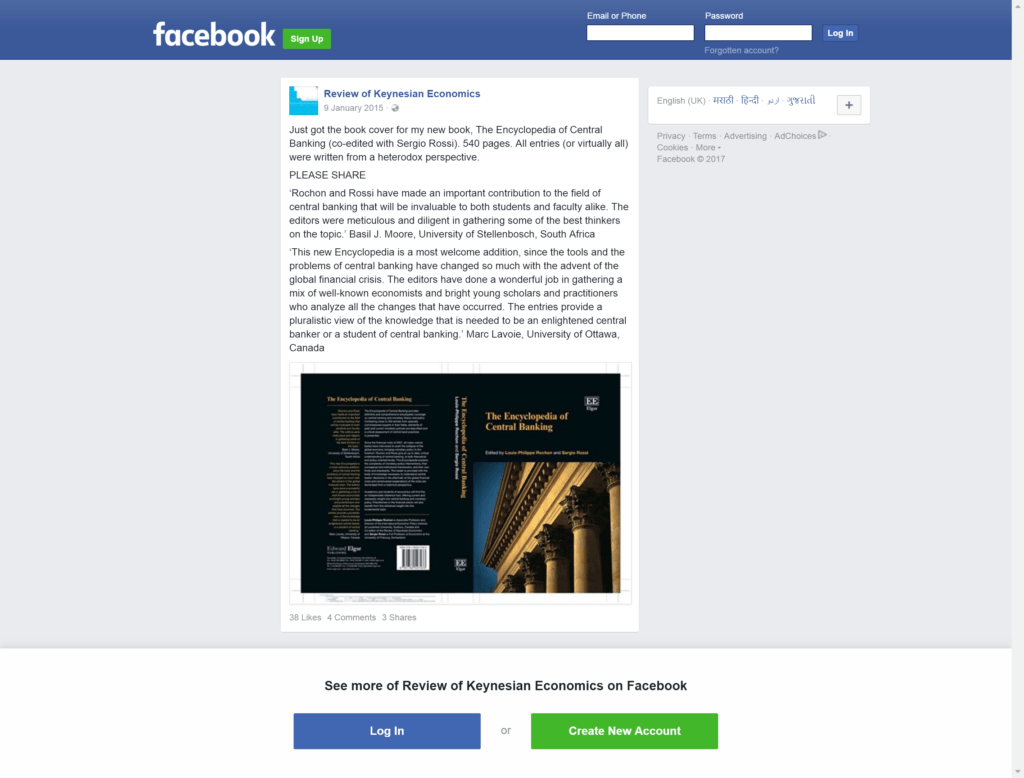Economics is a strange subject. A lot of times we learn a lot from others’ errors and even if you see the errors, there’s sometimes a lot to learn from others’ critiques of the same because sometimes it is difficult to see all the pitfalls even if one sees a few. Severin Reissl from the University of Glasgow has a fine critique of Steve Keen’s models of aggregate demand and changes in debt.
The paper titled, The return of black box economics – a critique of Keen on effective demand and changes in debt is available here.
From the paper:
The claim investigated in this article, however, has to be clearly distinguished from such arguments. The question at issue is not whether levels of (private) debt or changes therein can have an impact on effective demand and consequently national income, or on macroeconomic stability. On this proposition there appears to be universal agreement in the post-Keynesian literature. Whether such a connection exists in a given context is then an empirical question. For instance, Stockhammer and Wildauer (2015) find a positive effect of household debt on consumption, but a negative one upon investment (including residential investment). Keen’s hypothesis is more fundamental and bold, namely that capitalist economies are always and everywhere credit-driven, that there is an immutable link between changes in aggregate (i.e. all types of) debt and changes in effective demand which can be expressed in a simple relation much like the equation of exchange (M ∗ V = P ∗ Y ).
[emphasis in original]
The article also goes into Keen’s misreading of Minsky and Keynes (which Keen uses to support himself) and the notion that trading in financial assets be included in aggregate demand.
The paper has some non-standard definitions such as expenditure meaning to include other payments than just purchases of goods and services as in the System of National Accounts (SNA). For example equation (7) might better read:
Disposable Income − Expenditure = Change in Financial Assets (net)
with expenditure counting only payments for goods and services.
This of course doesn’t affect the conclusion about issues with Keen’s models. Overall, the paper has a nice discussion on national accounts and literature. Macroeconomics is hard but the best guide is self-consistency. It is as much important as empirical testing. Keen tries to show that his definitions are consistent with data by making various charts in his blog/papers and in articles for newspapers and magazines. These can of course be explained by models which have self-consistency unlike Keen. The paper mentions this point clearly:
Professor Keen displays a tendency to overinterpret the works he utilises as a foundation for his own argument, while these works themselves suffer from terminological imprecisions. These imprecisions can, as demonstrated above, consequently also be found in Keen’s own argument. Keen presents some empirical data to support his argument. Fiebiger (2014) provides an adequate critique of this and all that remains to note is that the evidence cannot resolve the problems raised here, since they are not foremost of an empirical nature.
